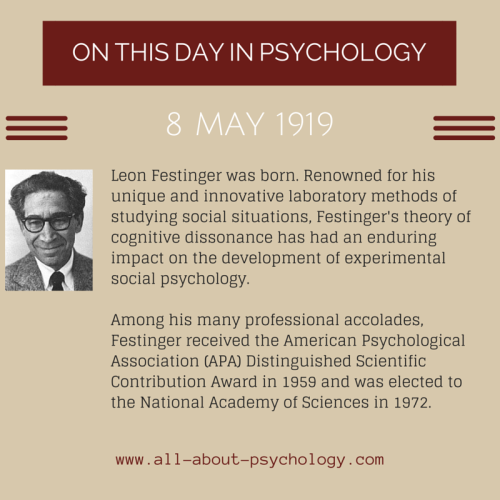In 1771, Moscow experienced a Bubonic Plague outbreak under the rule of Catherine the Great. It took a long time for doctors to recognize that a plague was occurring, but people knew something was happening because those they knew kept dying. The result? Without governmental guidance, people began self-isolating at home, and avoiding hospitals where they might catch the disease. There was also a riot after the governor of the city fled to his coutnry estate, and the police chief did the same.
Something had to be done, so Catherine the Great appointed her sometimes-lover Grigory Orlov to handle the plague and resulting unrest. He arrived at a city where doctors were not trusted, and no one wanted to go to hospitals, but the plague was still spreading. He needed a way to check the entire population, to separate the sick and the healthy, and do so without causing riots.
Orlov’s solution was elegant in its simplicity. He announced that when people left hospitals and quarantine homes, verified by doctors to be cured, they would receive a set of new clothes and a cash benefit (married people would get 10 rubles, single people 5 rubles). People suddenly flooded hospitals, wanting to be checked by doctors so they could get the benefits. It is estimated that Orlov spent 30,000 rubles of his own money on the benefits, and there was no unrest or force needed.
Particularly helpfully, people kept going back to doctors to get re-evaluated. This helped determine the incubation period of the plague by calculating when individuals first were evaluated to when they started showing symptoms.
